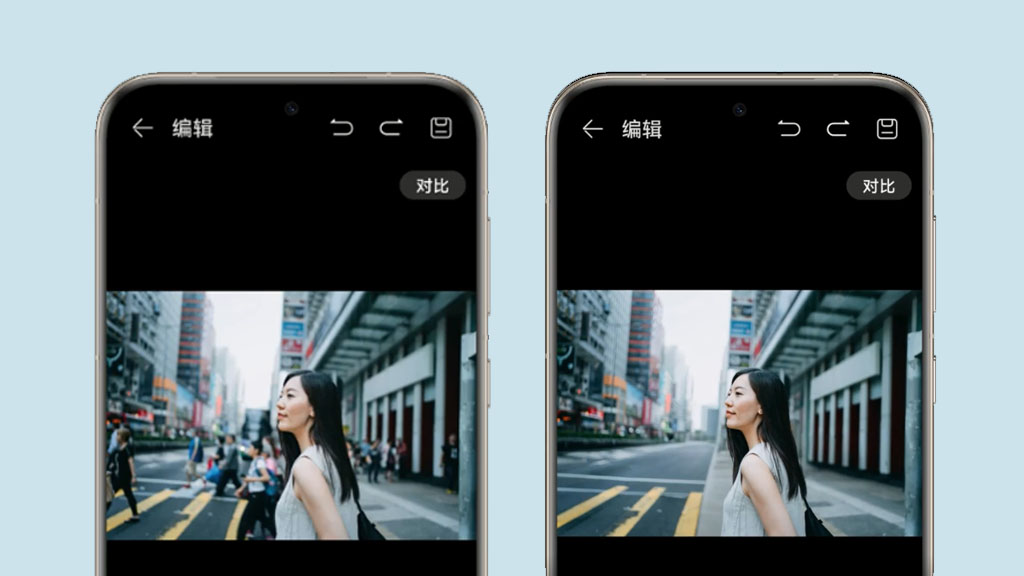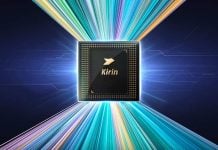The Global 5G-A Commercial Pilot Program launch conference was held in Shanghai yesterday. Huawei‘s Executive Director and Chairman of the ICT Infrastructure Business Management Committee Wang Tao delivered a keynote speech at the conference. The official shared three key changes in the combination of 5G-A and AI and predicted how the proportion of AI-powered smartphones might change (or increase) going forward.

Wang Tao believes that AI-powered smartphones will account for 11% of shipments this year. He added that it could reach 90% by 2030. It seems from his speech that the integration of LLMs and major AI features will become a standard for smartphones within a couple of years.
“We will soon see a huge boost to traffic from AI. At the same time, 5G-A networks will be able to provide higher speeds, lower latency, and greater capacity to meet the network demands of the AI era,” said Wang Tao.
Currently, many flagship smartphones from different Chinese and overseas manufacturers like Huawei, OPPO, Samsung, Google, and Apple have integrated relatively lightweight Large Language Models to perform certain tasks on-device, which offers a couple of advantages. It makes the advanced features more secure and doesn’t require an internet connection at the same time.
For more advanced features, the phone the phone communicates with a cloud server that runs larger LLMs. As the LLMs get more efficient, and the chips get more capable, companies will be able to run more features on-device, which will not only make it more appealing for the user but also likely benefit the manufacturers by reducing the operating cost of the cloud servers.
Notably, Apple was the last to enter the market of AI smartphones. The company’s latest iOS version, iOS 18, comes with “Apple Intelligence” which adds new and exciting capabilities to its system apps and voice assistant Siri.







